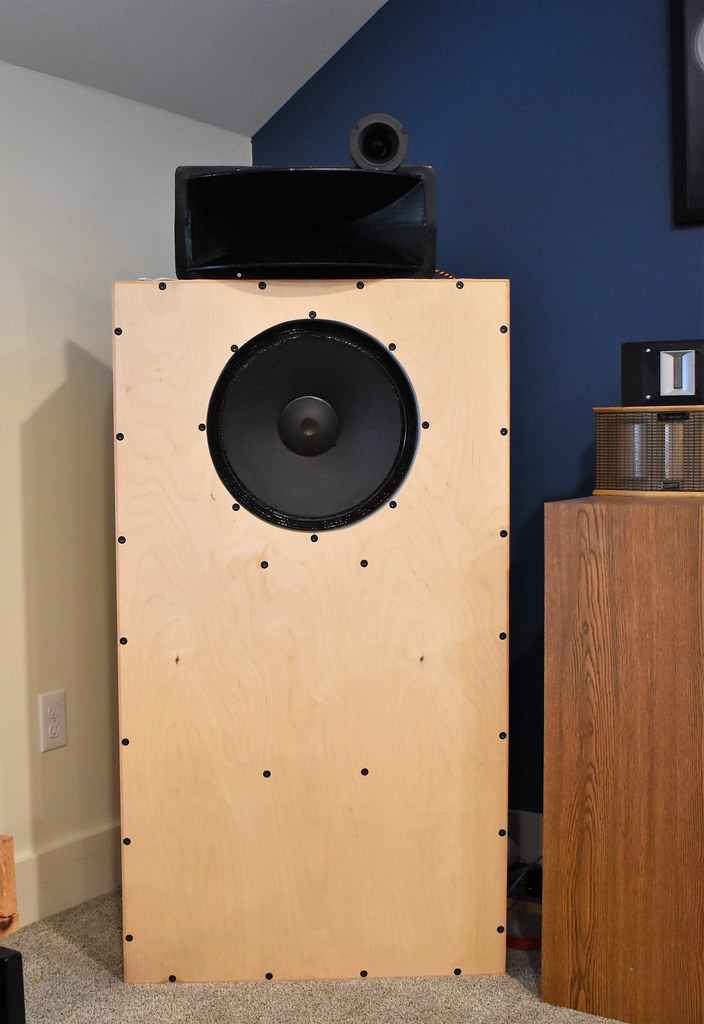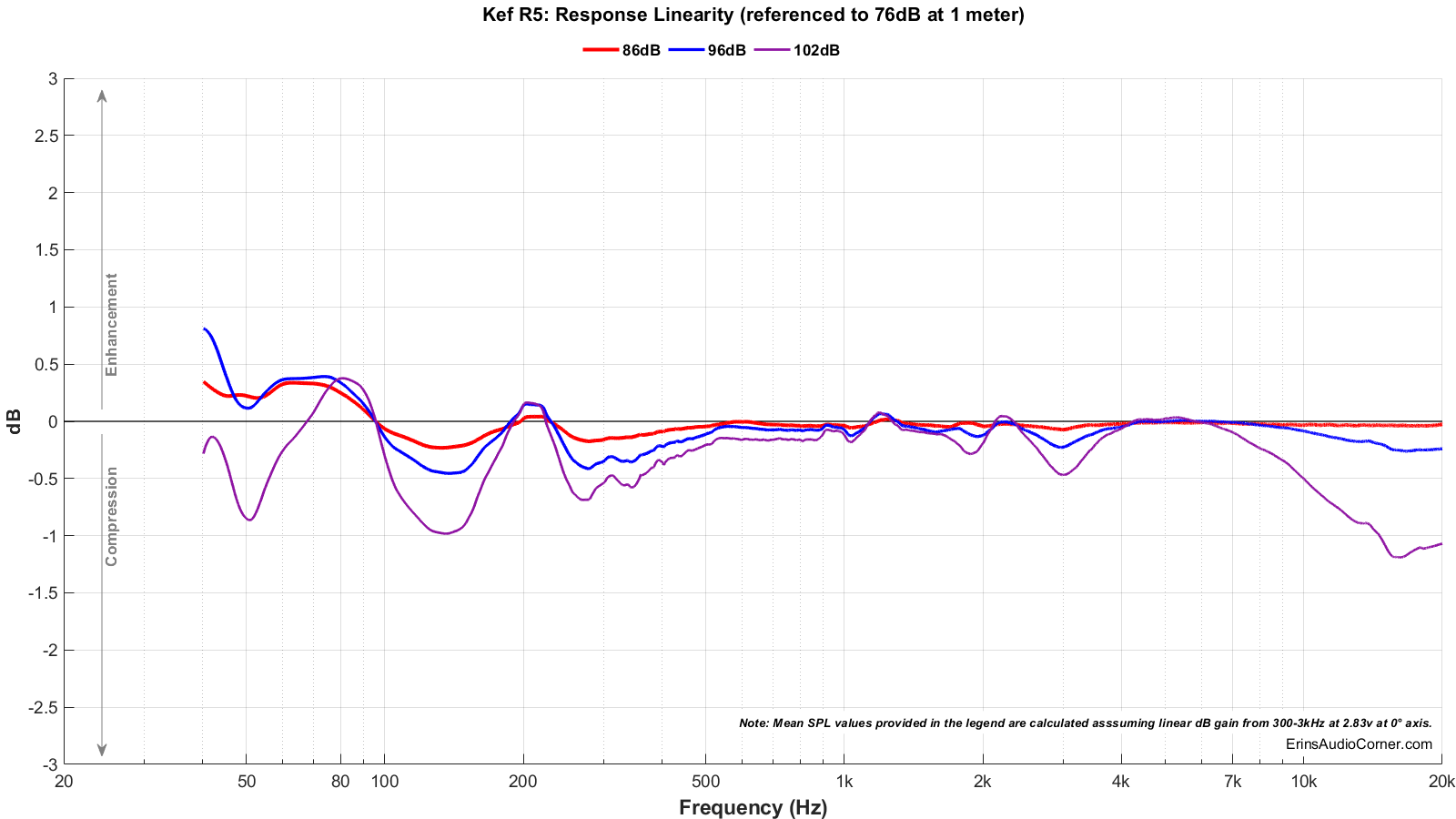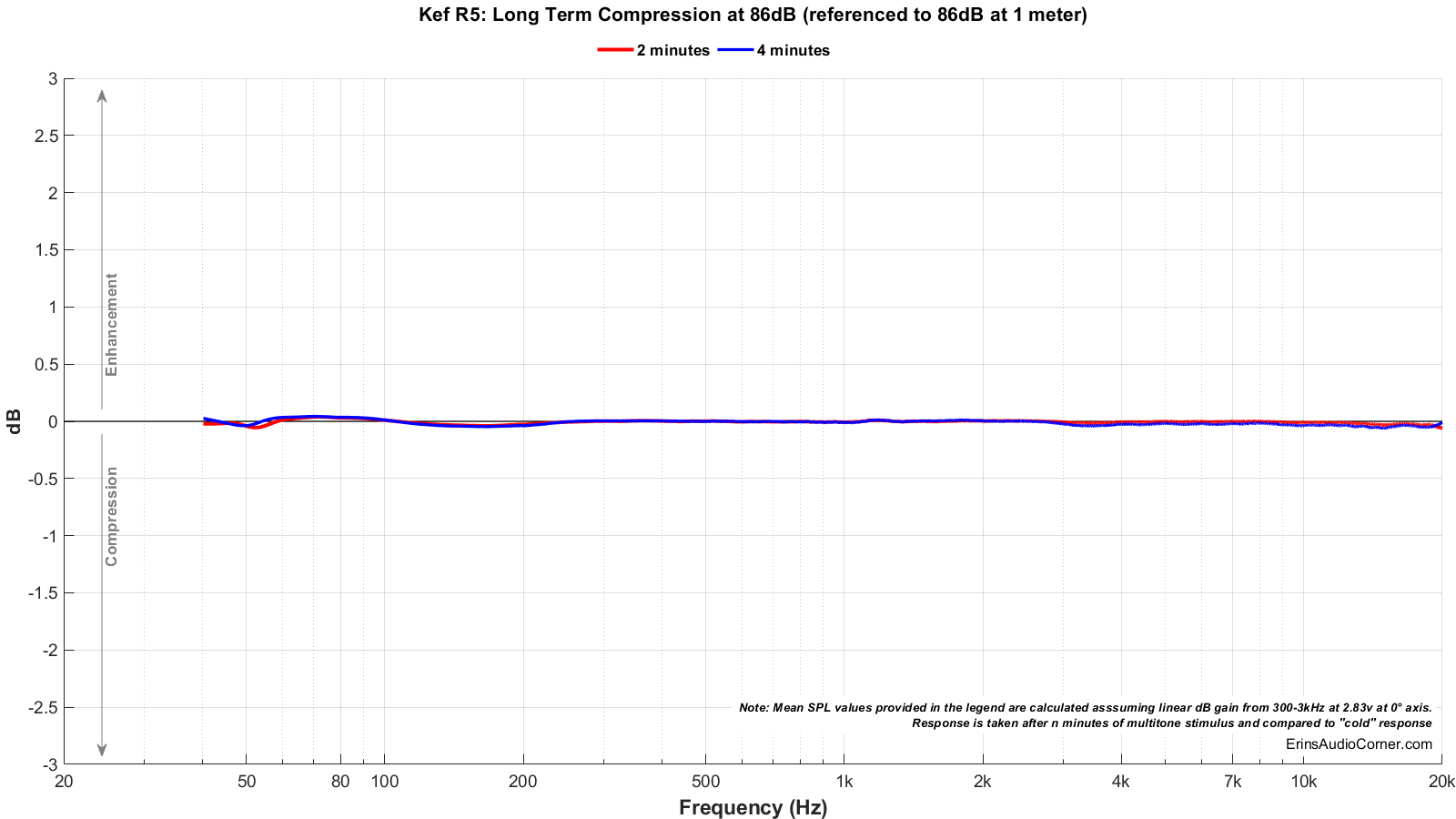So did I Matt. After reading about high sensitivity speakers with low wattage valve amps I wanted to hear some so I went to listen to the Devore O/96's just yesterday. I tried listening to the same test tracks on my system just before I left (Revel F228Be/ARC VT100 MKll/Conrad Johnson ACT2/VPI Classic Series 3/RME ADI2 DAC fs) and left the session with the same feeling about the Devores as Matt. (They were paired with a Jadis 60wpc tube integrated.) There was a richness, a weight, to the sound as well as an ability to present every nuance, especially on vocals. I started by playing two tracks by Gregory Porter, God Bless this Child, (an acapella version from Be Good) and then Liquid Spirit (Claptone Remix), and while polar opposites the Devores presented each convincingly, seeming to display each tracks strengths equally well. (By the way if the remix of Liquid Spirit doesn't get you moving you're dead!)
I'm not at your guys level technically (I'm trying to learn) and don't have much experience with horns at all, but I really liked what I heard. I especially appreciated their sound at lower volumes. By the time I left I liked them enough that I'm already starting to rationalize how I might swing getting a pair.

And this is why I like exchanging personal impressions of how things sound.
Not everyone wants the same thing, but you can find some like-minded people who share an appreciation for similar characteristics in a sound system, who are "listening for what you are listening for, caring about what you care about" and so it can actually be fruitful to exchange notes like this.
Where I live we are inundated with live music - live bands of all sorts, from electric to folk to lots of jazz combos, are playing almost every day, on the streets, in the parks etc. Today I was in our nearby park and a jazz band was playing, standards like from Miles Davis etc. Drums, electric guitar, stand up bass, trombone, sax.
Like I usually do I closed my eyes to listen (and at different distances, and from various angles - in front of the band, the side, behind) and took in "what do these live instruments sound like?" As usual the first impression is "BIG." With lots of acoustic power. Everything sounds like the big, actual sized instruments they are. Even drum cymbals sound like the big discs they are when struck, with lots of richness, rather than the tiny, reductive little bursts of high frequency that stand in for cymbals in most hi fi systems. Sax and trombone were clear and dense, rich and rounded - not lazer-like image outlines, slightly diffuse in their image outlines, but full and dense, solid.
Drums had that dynamic aliveness you just don't get through hi-fi systems, snare sounded large and thick with a sense of "it's right there" texture.
Back to drum cymbals, I was struck reading Jonathan Valin's TAS review of MBL speakers, where he remarked:
"Through the X’s, cymbals have something you rarely if ever hear with domes and membranes—a disc-like roundedness that makes them sound three-dimensional, just as they do in life."
I almost yelled out YES!!!
I'll never forget doing the rounds at a CES show, listening for any system that could sound close to real. None did. All sounded like cones and tweeters. Then I entered the MBL room, first time, a jazz piece was playing and the first thing that jumped out was the sound of cymbals.
They actually sounded, just as JV expressed. It was the first time I'd ever truly heard drum cymbals sound to me like real drum cymbals - big, thick, round, disc-like. My own MBL speakers, though smaller, did this as well.
These are the types of characteristics I seek in my own hi-fi experience, and what I push my own system toward as much as possible. I do it through choice of speakers, amplification, source, and playing with acoustics in my room (I can change around the liveness/deadness of any area in the room.
When I came home I cranked up my system, played similar music and closed my eyes and I'll be darned if it didn't have a lot of the qualities I'd just heard in the live music. Not true "live" sound of course, but enough of the character to allow me to slip in to an illusion of a performance.
BTW, the "texture" thing is one reason I sometimes prefer vinyl records (and my tube amps). It may be a bit of added distortion, but whatever it is, drum skins and snares on some vinyl can have more of that cut-through-the-air texture that I recognize and heard today from real drums.
I played some good drum recordings on digital first, but it was some of the drums on vinyl that had my brain click and say "now THAT has the gestalt of real drums!"
Anyway, some of us have found a similar "gestalt" coming from those Devore speakers. What some will immediately perceive as going off-neutral, another may perceive as reminding him a bit more of "live." For me, the combination of "texture" richness and the "heft" of sounds through those speakers do that.
I honestly don't know if the Devore sound would, for me, be cloying or tiring over time though, not having lived with a pair. I hope to try them out some day.




 DSC_0938 (3)
DSC_0938 (3)

